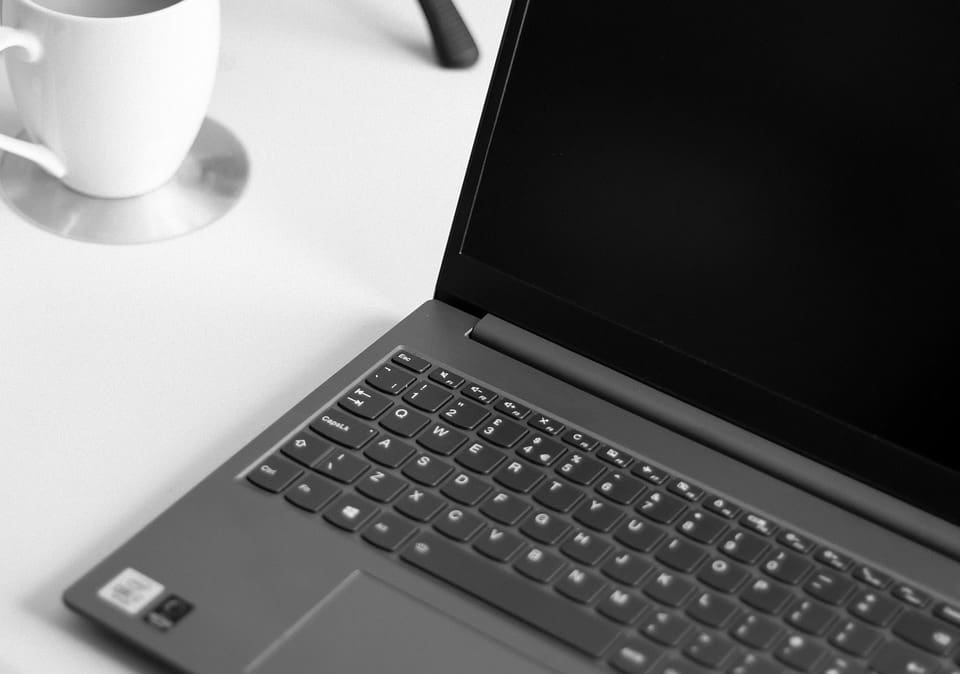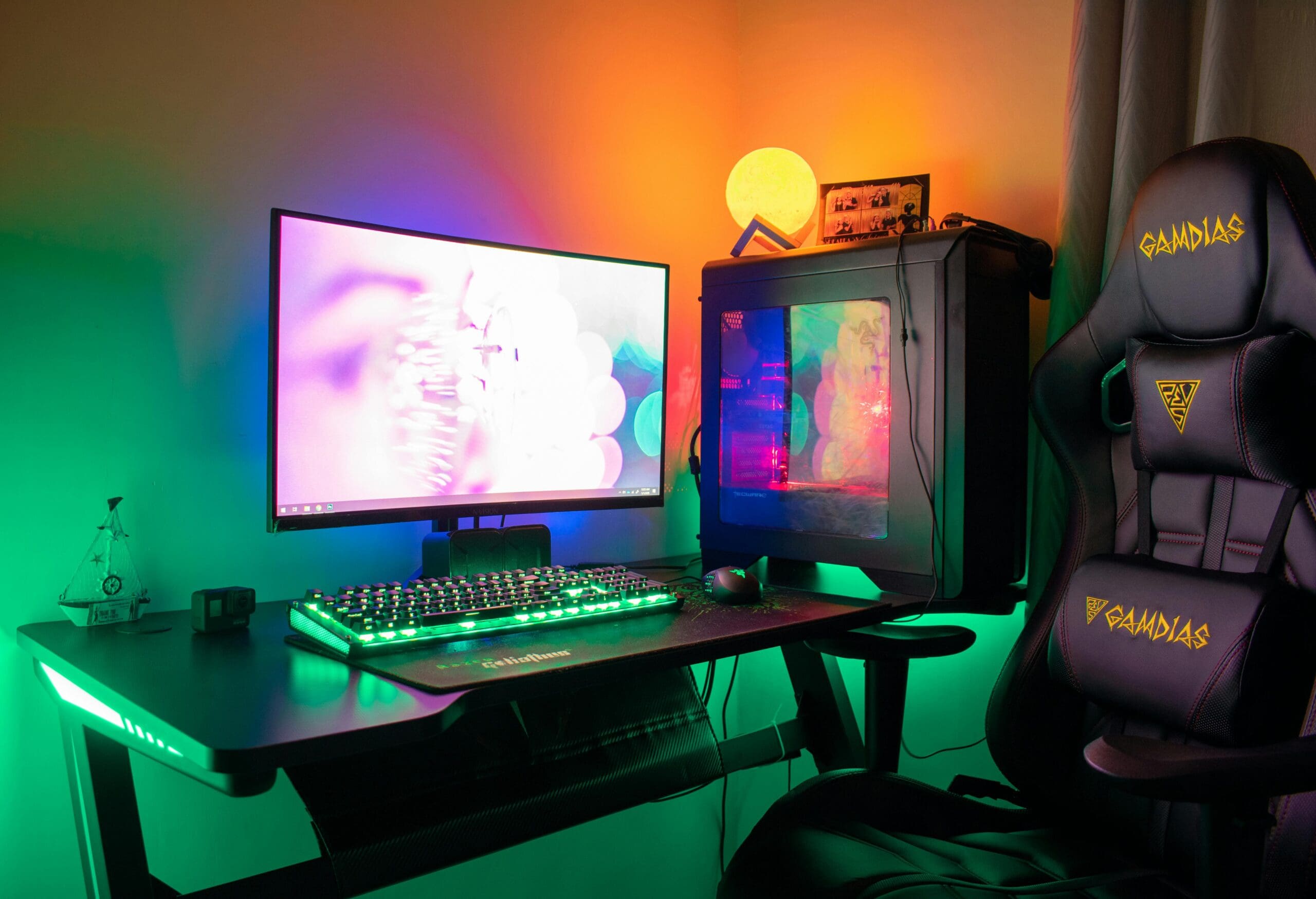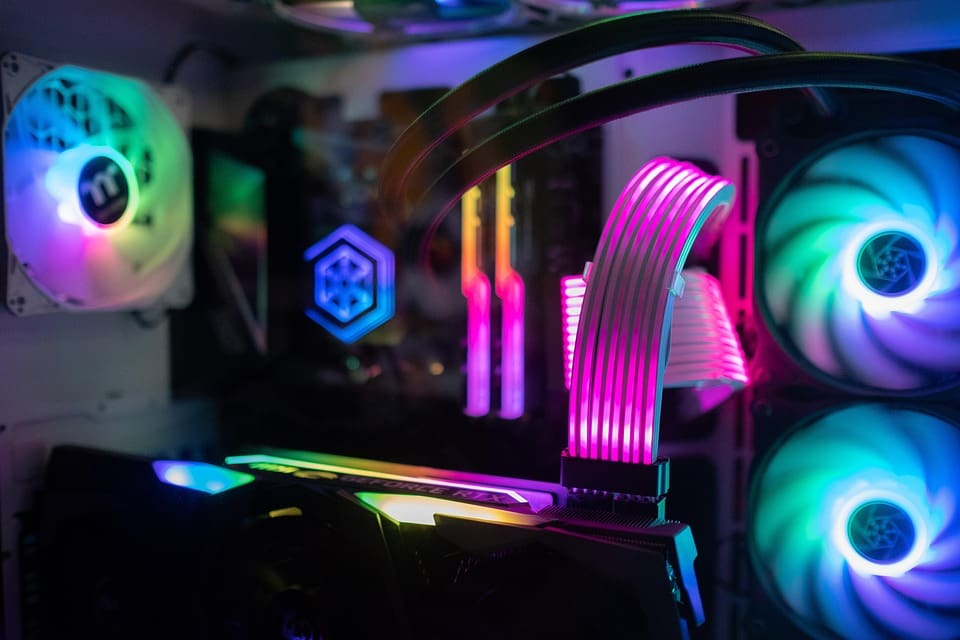Introduction
Gaming PCs require proper setup, optimization, and maintenance to perform at their best. In this guide, we’ll cover essential tips and tricks to help users maximize their gaming experience.
Why This Topic Matters
Understanding Maximize Your Gaming Experience: A Step-by-Step Overclocking Guide is crucial for PC gamers and builders. Poor setup or lack of knowledge can lead to performance issues, overheating, or hardware failures. Here’s why this topic is important:
- Performance Impact: How this affects FPS, load times, and system efficiency.
- Common Issues: What most gamers struggle with when dealing with this component or setup.
- Long-Term Benefits: How optimizing or maintaining this aspect improves PC longevity.
Step-by-Step Guide / Essential Tips
1. First Key Tip: Understanding Overclocking
Overclocking is the process of increasing the clock speed of your CPU or GPU to boost performance beyond the manufacturer’s specifications. It can lead to significant improvements in gaming performance, but it also comes with risks. Before attempting to overclock your components, make sure you understand the process and its implications. Research online guides, watch tutorials, and proceed cautiously.
2. Second Key Tip: Monitoring Temperatures
When overclocking your components, it’s crucial to monitor their temperatures to prevent overheating and potential damage. Use software tools like MSI Afterburner, HWMonitor, or CPU-Z to keep an eye on your CPU and GPU temperatures. Make sure your cooling system is adequate to handle the increased heat generated by overclocking.
3. Third Key Tip: Incremental Overclocking
Instead of pushing your components to their limits right away, start with small incremental overclocks. Test the stability of your system after each adjustment to ensure it can handle the increased clock speeds. Gradually increase the overclocking settings until you reach a stable and optimal performance level.
Common Mistakes to Avoid
- Not following best practices: Some users may overlook important steps or precautions when overclocking, leading to instability or hardware damage. Always research and follow recommended guidelines.
- Overlooking compatibility: Make sure your motherboard, CPU, GPU, and cooling system are compatible with overclocking. Using incompatible components can result in system errors or failures.
- Skipping regular maintenance: Overclocking puts additional stress on your components, so it’s essential to perform regular maintenance tasks like cleaning dust from your system, reapplying thermal paste, and ensuring proper airflow.
Advanced Optimization Tips
For experienced users looking to push their gaming PCs to the next level, here are some advanced optimization tips:
- Experiment with voltage adjustments to fine-tune your overclocking settings.
- Consider delidding your CPU for better thermal performance (advanced and risky procedure).
- Invest in high-quality cooling solutions like liquid cooling or high-performance air coolers.
Final Thoughts
By following these tips, users can improve their PC’s performance, longevity, and gaming experience. Whether they are beginners or experienced gamers, optimizing Maximize Your Gaming Experience: A Step-by-Step Overclocking Guide ensures smoother gameplay and better system stability.
💬 What has been your biggest challenge with Maximize Your Gaming Experience: A Step-by-Step Overclocking Guide? Let us know in the comments!


